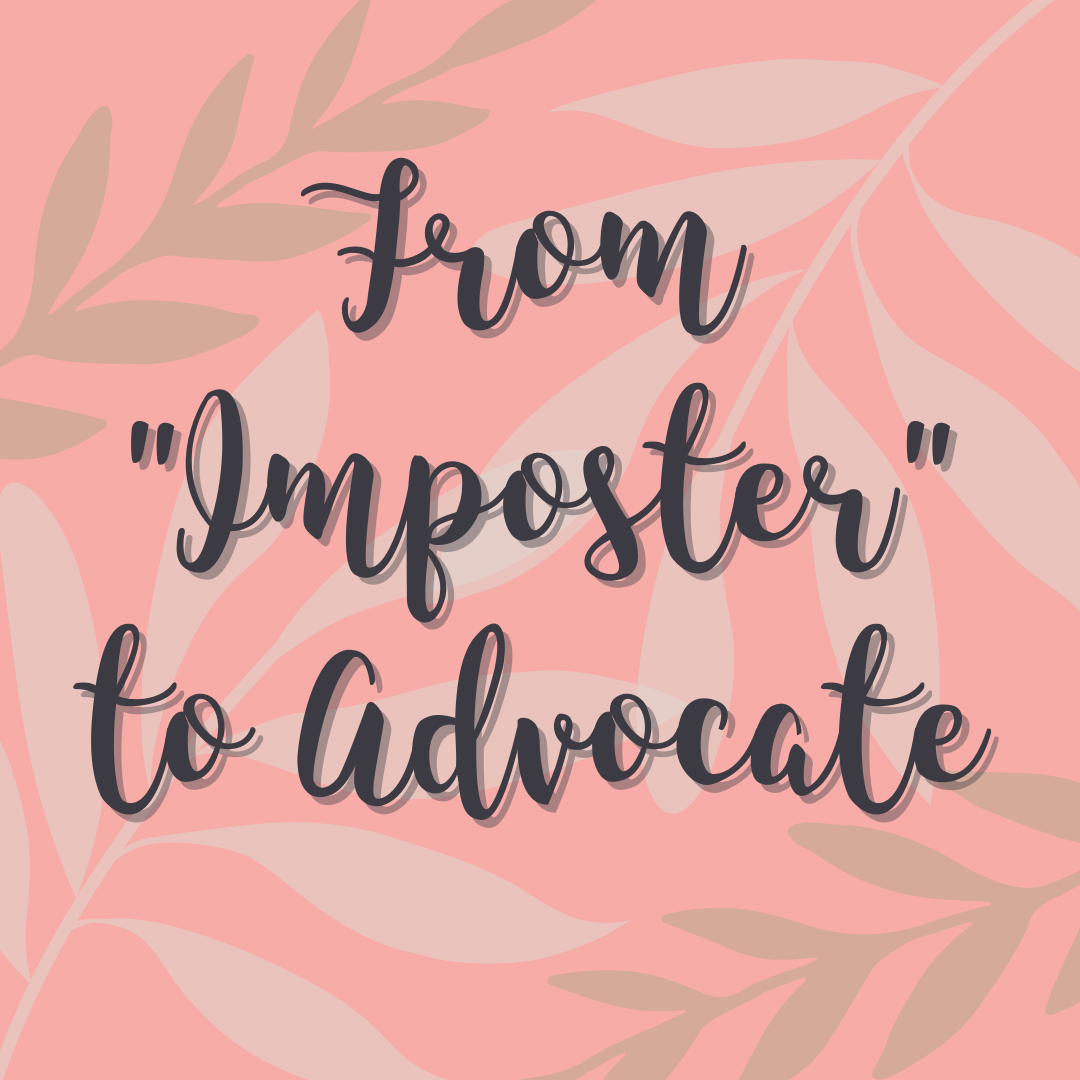From “Imposter” to Advocate: The Journey of My Intersectional Identities
Growing up I had many interests across various fields, from aspiring to be a veterinarian to wanting to be a neuroscientist. I was in STEM programs since elementary school and always knew that I wanted to pursue a career in science and felt empowered doing anything related to the field. As a young girl, I was passionate, imaginative, and ambitious.
As I grew older, however, I began to realize the lack of representation within many of the fields I was interested in. It was disheartening as a young girl to always listen to speakers or be shown examples of success stories of those who held identities very different from mine. I began to experience imposter syndrome and felt a sense of detachment from my school and my peers. I began to think I was not smart enough or good enough to pursue such a competitive field where it seemed no one like me ever made it.
As I continued to grow up, I struggled with how to identify myself and present myself to this world. As I entered my 20s, thoughts and conversations surrounding my career path have led me to question where I fall in society as a Somali-American Black Muslim woman living in the United States.
These intersectional identities leave me not with a single obstacle to overcome but with multiple interconnected barriers that reflect the lack of representation I experienced as a young girl.
My identities mean that I have to work three or four times as hard to be myself. It is exhausting having to carry so much societal pressure at such a young age.
It was only recently that I began to search for successful individuals who hold identities similar to mine. I looked for Black business women, Black female athletes, Black female doctors to have conversations with and look up to. On my quest to find Black women role models, I came across Amira Adawe, who has a master’s degree in public health and is the founder and Executive Director at the Beautywell Project. She is a strong advocate for anti-colorism within the Black community and highlights how especially detrimental colorism is on young Black girls. She also happens to be a Somali-American Black Muslim woman from Minnesota.
For me, the issue of colorism hits close to home. I had become accustomed to facing colorism within the Somali community and seeing praise and favoritism given to women and girls with lighter complexions. There is a popular Somali term used to describe a beautiful woman: “cadeey,” which roughly translates to “white or of lighter complexion.” Use of this term implies that being of lighter complexion is more beautiful than being dark-skinned. I have always revoked this ideology and hate this term being used as a compliment toward me.
Amira’s advocacy was inspiring to me as I challenged colorist ideology within my own household, and she further convinced me of the necessity of dismantling colorism in our community. I told my family that I wanted to reject language like “cadeey” when I heard it used. This message stuck with my dad, who visited home in Somalia a couple summers ago and spread what I preached to him. Seeing my dad and I starting to change the narrative about beauty in Somali culture reminded me of the importance of bringing our intersectional identities to our work. Amira became a role model for me not only because of her identities but also because of how her identities empowered her to see a problem and solve it.
Following Amira’s example, I started thinking about my intersectional identities as a Somali-American Black Muslim woman, how they inform my passions, and how they can help me solve problems. Within the past several years I have had an increasing interest in environmentalism, racial justice, and health care. I have recently learned all these fields have much overlap with each other. For example, BIPOC communities are often most affected by environmental air pollution and will suffer long-term health effects that come with pollution, despite the fact that these communities didn’t cause the pollution.
My intersectional identities allowed for me to view environmentalism and health care issues in a different perspective from the mainstream, considering cultural variances and the effects of systematic racism.
They have empowered me to better advocate for individuals similar to me, who are from underrepresented communities. This past year I was able to speak with Hennepin County council members on how they could amplify BIPOC voices and experiences through waste reduction in Minneapolis. I spoke about my experiences growing up in a predominantly Black neighborhood and how it compared to moving to predominantly white suburban neighborhoods.
I felt so empowered after this experience. It led me to realize how my intersectional identities come with hidden strengths.
My identities mean I know how to build an inclusive community. They mean I have the tools and the power of my words to spark movements to end colorism or challenge anti-Blackness.
My passions and career aspirations are still always changing, but now I know that whatever I do, I want to let my intersectionality be fully present within my work.
Zaynab Ahmed is a Somali-American undergraduate student at the University of Minnesota College of Biological Sciences majoring in Biology. She enjoys writing poetry and performing original spoken word pieces, reading, and spending time outdoors. She is passionate about social justice advocacy and environmentalism.

